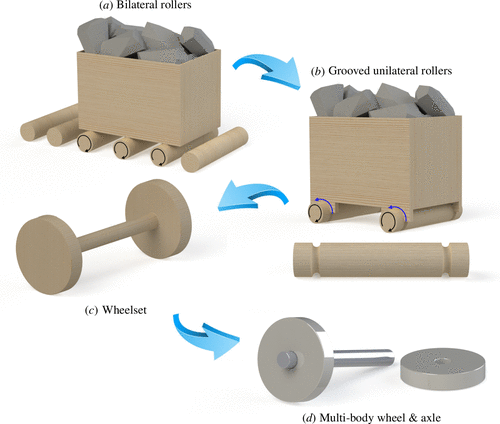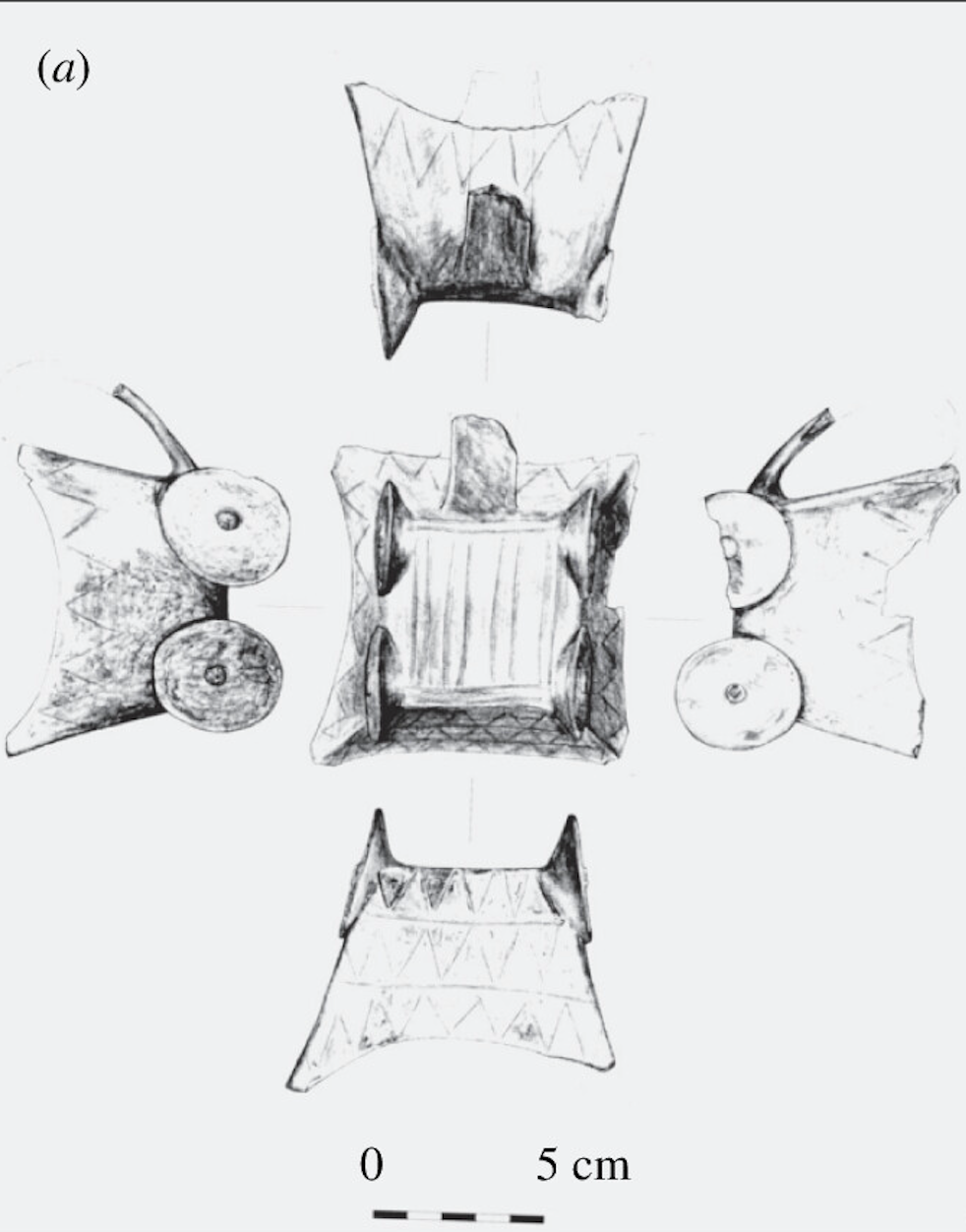Wheel may have been invented by copper miners in eastern Europe 6,000 years ago
New theory says wheel was first used by copper miners in Carpathian mountains around 3900BC
Copper miners working near the Carpathian mountains in eastern Europe may have been the first engineers to invent the wheel around 6,000 years ago, a new theory says.
Archaeological evidence places the earliest use and widespread adoption of wheels and wheeled vehicles during the Copper Age between 5000 and 3000BC across Europe, North Africa and Asia. But the exact origin and the circumstances under which one of humanity’s most revolutionary inventions came about are shrouded in mystery.
Some studies point to northern Turkey as the place where the wheel was invented around 3800BC while others speculate it was developed first in Mesopotamia two centuries earlier.
The new theory argues that the wheel was first used by copper miners in the Carpathian mountains around 3900BC.

As copper ore became harder to find in this region, the theory goes, the miners were challenged to go deeper into mines to bring out the metal. They adapted by developing wagons similar to modern mining cars.
Prior to the wheel’s invention, large objects were moved using free rollers, which were a series of cylinders, poles or tree trunks placed on the ground. But these had to be placed along the entire length of the object’s path which was impractical inside a mine.
To test their theory, engineers at the Georgia Institute of Technology used mathematical and computer modelling to lay out how the first wheel was likely invented in these circumstances. They modelled a step-by-step path that led to the development of the first wheel from free rollers.
The unique physical features of the mining environment played a key role in the evolution of the wheel and axle system, they say.

The engineers theorise that three earlier innovations sparked the development of the first wheel in the Carpathian mining region.
At first, sockets may have been added to the bottom of a vessel containing the cargo to fit rollers, forming a rudimentary cart. This would have been akin to dragging the cart on skids with some friction still involved with the ground.

Then, a groove may have been added to this roller structure for adding and retaining lubricant. The next development came in the form of a monolithic “wheelset” structure.
The axle and wheels in this structure turn in unison, in contrast to later systems where the wheels turn independently of the axle.
A major disadvantage of this wheel system was that it performed poorly during turns, but this was minimised as the mine passages were usually made straight.
Archaeological evidence supports this theory of the first wheel’s construction, the engineers say, pointing to the excavation in the Carpathians of 150 small clay models of four-wheeled wagons.

These tiny wagons, used as drinking mugs, were produced around 3600BC and are the world’s earliest known representations of wheeled transport. The inspiration for these peculiar mugs, it is theorised, was wheeled baskets used to carry ore in the trenches or tunnels of copper mines.
The engineers behind the theory hope their method can serve as a new tool to understand the circumstances from which ancient technology arose.
Join our commenting forum
Join thought-provoking conversations, follow other Independent readers and see their replies
Comments
Bookmark popover
Removed from bookmarks